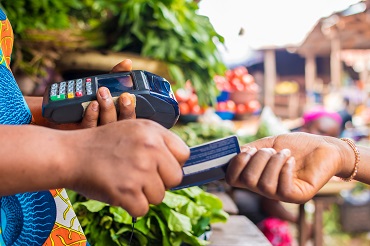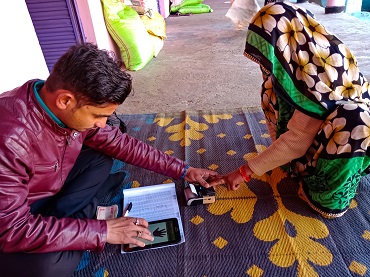Blog
Earlier rather than later: SME lenders are reacting quickly in Asia

Virtual Roundtable Summary
“When written in Chinese, the word 'crisis' is composed of two characters — one represents danger and one represents opportunity.” John F. Kennedy.
John F. Kennedy’s quote could not be timelier. As COVID-19 spreads at an alarming rate, the pandemic poses an existential threat to a countless number of SMEs around the world. Instant and dramatic disruptions on both the supply and demand sides have already led to serious solvency issues, therefore putting tens of thousands of small businesses on the brink of collapse. Nevertheless, this unprecedented crisis also represents a unique opportunity for banks and fintech companies to take decisive and forward-looking steps to support affected customers.
As part of a weekly webinar series on COVID-19 mitigation efforts, the SME Finance Forum hosted a virtual roundtable on Lessons from Asia. Henry K. Lam (Co-founder and CEO of Simple Credit), Rajeev Chalisgaonkar (Global Head, Business Banking at Standard Chartered Bank), Michael Makau (Deputy Director, Business Banking at NCBA Group), Syed Abdul Momen (Head of SME Banking for BRAC Bank) and Fangfang Jiang (IFC FIG AS Asia DFS Co-head and FIG AS Country Anchor of China and Mongolia) shared their insights and experiences from China and Asia that could inform financial institutions and fintech players how to navigate through these turbulent times.
First, proper anticipation indisputably plays an essential role in implementing effective responses. As Henry K. Lam pointed out, Simple Credit initiated the transition to remote operations even before the official lockdown started in Wuhan. Interestingly enough, the digital lender also conducted extensive data analysis and relied on stress forecasting to design its clients’ recovery policy. Only two days after finalizing its emergency plan, Simple Credit thus activated an online application process that would allow eligible SMEs to obtain an extended loan grace period.
Second, all discussants emphasized the importance of staying close to customers - via phone, video or other online channels. How have different businesses been impacted? Which sectors or areas have been the most severely hit? Which borrowers can no longer repay their outstanding loans? Better understanding of clients’ evolving needs has been and will be key to offering appropriate financial relief mechanisms. Both banks and NBFIs have already introduced various measures, including loan restructuring and deferral of installments. Nevertheless, it remains to be seen whether they can find a way to adequately standardize their set of available options across markets due to the differing operational and regulatory environments.
Third, lenders must be ready to efficiently comply with new regulations. Several governments have recently increased SME loan guarantees - e.g. Hong Kong, from 70 to 90% - that have forced banks and fintech providers to quickly modify their credit facilities. Similarly, institutionalized moratoriums on loan repayments - for a period up to 12 months - have also required prompt balance sheet adjustments. And in the absence of such mandated orders, financial institutions should not hesitate to take internal actions to stay one step ahead of regulators.
Finally, the COVID-19 crisis has indubitably accelerated the push to digital financing. FangFang Jiang argued that China’s advanced digital economy greatly contributed to the fast recovery process. However, many countries still suffer from a lack of robust digital infrastructure and weak internet connectivity. According to Syed Abdul Momen, 90% of their customers collect and repay loans physically in Bangladesh, which leads to this crucial challenge: how to conveniently transfer them to online channels? In this respect, Michael Makau took the example of Kenya where governments and private actors have provided strong incentives to facilitate the use of digital services. For instance, M-PESA has just granted a 3-month fee waiver for amounts below US$10 - and raised daily limits - on P2P transactions to promote mobile payments up to US$3,000. Last but not least, Henry K. Lam ultimately suggested that fintech players could also help other face-to-face lenders adopt online models.
To conclude, proactive, systemic and consumer-oriented responses remain essential to best support SMEs hit by the crisis. Banks and other lenders must not only intervene in the short-term but be proactive during this period and develop a post-moratorium strategy to anticipate the opportunities and challenges that will arise once payment holidays end. And the time has definitely come to fully prioritize vulnerable customers over the bottom line. Now more than ever.
For details on upcoming virtual roundtables, visit this link.
Edition: Gillette Conner






































